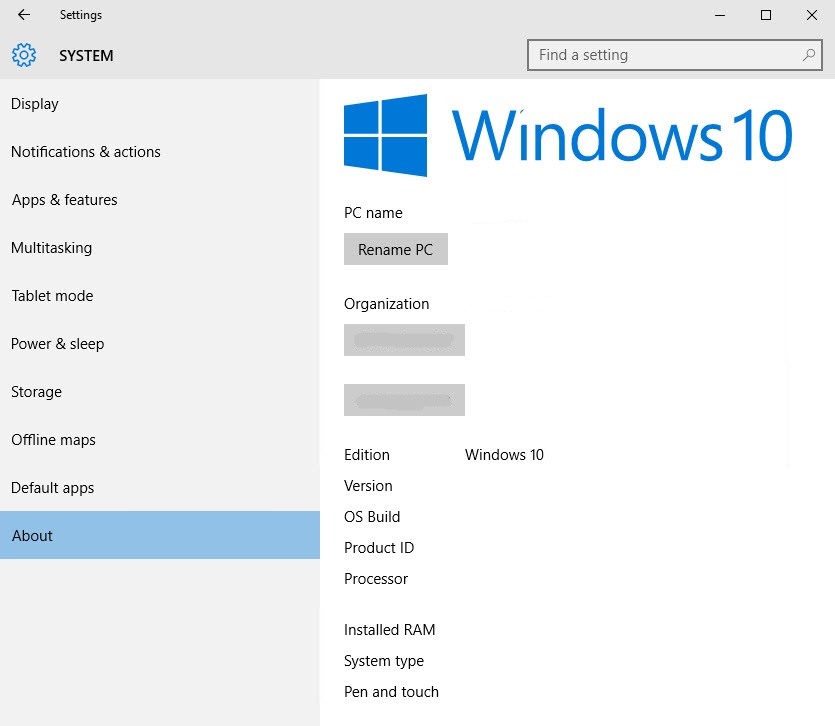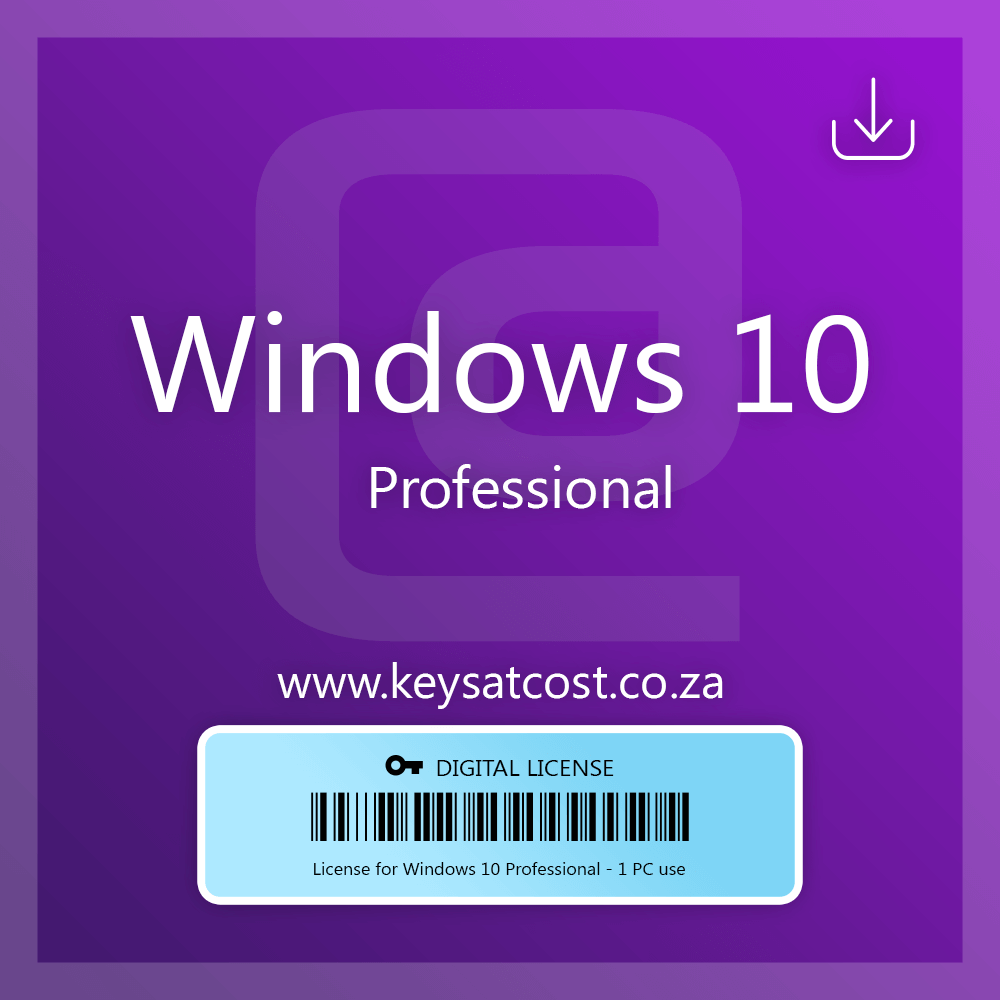
- #Keykey for windows update#
- #Keykey for windows registration#
- #Keykey for windows professional#
- #Keykey for windows windows#
In this case, firmware versions 7.3.0 and 7.3.1 and bootloader versions 2.1.0, 2.1.1, 2.1.2, and 2.1.3 were used for internal builds and skipped for the production release. Version numbers sometimes get skipped so that they don't overlap with the numbering of internal release-candidate test builds.Thanks to Christian Reitter for suggesting this improvement. The bootloader now opts-in to MPU protection for interrupt handlers as a defense-in-depth measure. The MPU was not active while executing interrupt handler code.
#Keykey for windows update#
Still, we recommend that users who use KeepKey as a U2F authenticator update their firmware. We have no evidence that it has been exploited in the wild. This issue was responsibly disclosed to us by Christian Reitter. This issue has been addressed by improved the handling of button state in the U2F confirmation flow.
#Keykey for windows registration#
This meant that under particular circumstances an attacker could potentially confuse a user into confirming a U2F login or registration when they intended to confirm a different action, like a transaction, instead. The U2F login and registration flow required that the button be held down, but not that it be pressed during the confirmation process. Still, this issue is serious, and we recommend that all users update their bootloader and firmware.
#Keykey for windows professional#
These bounds-check vulnerabilities were responsibly disclosed to us by Christian Reitter in a comprehensive and professional report, and MITRE has assigned it CVE-2022-30330.

Such an attacker, however, could exploit these issues to implant malware in the bootloader which could survive even a complete device wipe and firmware reset. ( 447c1f0)Īny attacker who could take advantage of these issues would first have to have exploited a separate vulnerability severe enough on its own to allow theft of your seed phrase, had physical access to your device, or convince you to load malicious unofficial firmware and ignore the associated warnings. wmic path SoftwareLicensingService get OA3xOriginalProductKey then press enter.
#Keykey for windows windows#
Or click on Start Menu then type in Windows Powershell, right click and choose run as administrator. These issues been addressed by improving the bounds checks. wmic path SoftwareLicensingService get OA3xOriginalProductKey then press Enter. While effective in normal operation against accidental errors, they could have been bypassed by malicious or compromised firmware. Several improper bounds checks existed in the bootloader's flash write and erase handlers. The mechanism the bootloader updater uses to put the bootloader back into firmware update mode has been made more reliable during updates from a 2.x-series bootloader to another 2.x-series bootloader. The WebUSB descriptors have been updated to refer to rather than. The duration of the auto-lock timeout is now reported as part of the Features message. ( 6aa5cd9)Ĭosmos IBC transfers are now supported. TrayTip %A_ScriptName%, To Exit`, press the Right Windows logo key.Cosmos staking and delegation messages are now supported. This work by LogicDaemon is licensed under a Creative Commons Attribution 3.0 Unported License.


Heres's the script (copy and paste to notepad, save as DisplayPressedKeysOnScreen.ahk): #NoEnv (note that frame & blurring is done for illustration purposes, the script itself only displays text w/o any disturbances) It can display pressed keys OSD-like or standard Tool-tip near mouse cursor.Īlso, it displays mouse button clicks and wheel scrolling. Also, with AutoHotkey you can compile script to EXE (simply Ahk2Exe.exe /in DisplayPressedKeyOnScreen.ahk /out DisplayPressedKeyOnScreen.exe ). To run it, use AutoHotkey_L ( direct dl), it's FOSS. I've written an AutoHotkey_L script for this purpose.


 0 kommentar(er)
0 kommentar(er)
